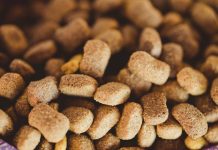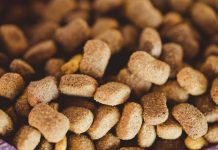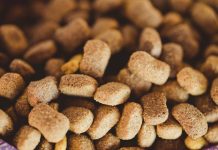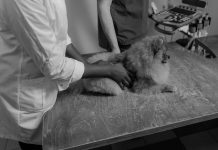Welcoming a new puppy into your home is an exciting and joyful experience, filled with playful moments and heartwarming companionship. As your furry friend grows, one of the crucial milestones you’ll encounter is transitioning them from mother’s milk or formula to solid food. This process is not only essential for their physical development but also for setting the foundation for a lifetime of healthy eating habits. In this guide, we’ll walk you through the steps of introducing solid food to your puppy safely and effectively. With a gentle and informed approach, you can ensure this transition is smooth and stress-free for both you and your little companion. Let’s embark on this nourishing journey together, making sure your puppy gets the best start possible on their path to becoming a happy and healthy adult dog.
Introducing Solid Foods: Timing and Signs to Watch For
Welcoming your puppy into the world of solid foods is an exciting milestone, both for you and your furry friend. Recognizing the right moment to begin this transition is crucial for ensuring a healthy growth trajectory. Most puppies are ready for solid foods at around 3 to 4 weeks of age. At this stage, you might notice your pup showing increased interest in what the rest of the pack is eating. This curiosity, combined with a noticeable decrease in nursing frequency, signals the time to introduce more substantial nourishment.
Keep an eye out for specific signs that indicate your puppy is ready to start this journey. Some of these include:
- Teeth Development: Emerging teeth are a clear indicator that your pup can handle more textured foods.
- Stable Posture: If your puppy can sit up and maintain balance, it’s a good sign they can manage solid food intake.
- Increased Hunger: Frequent whining or attempting to nurse more than usual might mean your puppy needs additional sustenance.
Remember, patience and careful observation are key during this transition. Always consult with your veterinarian to ensure that your puppy’s nutritional needs are met effectively.
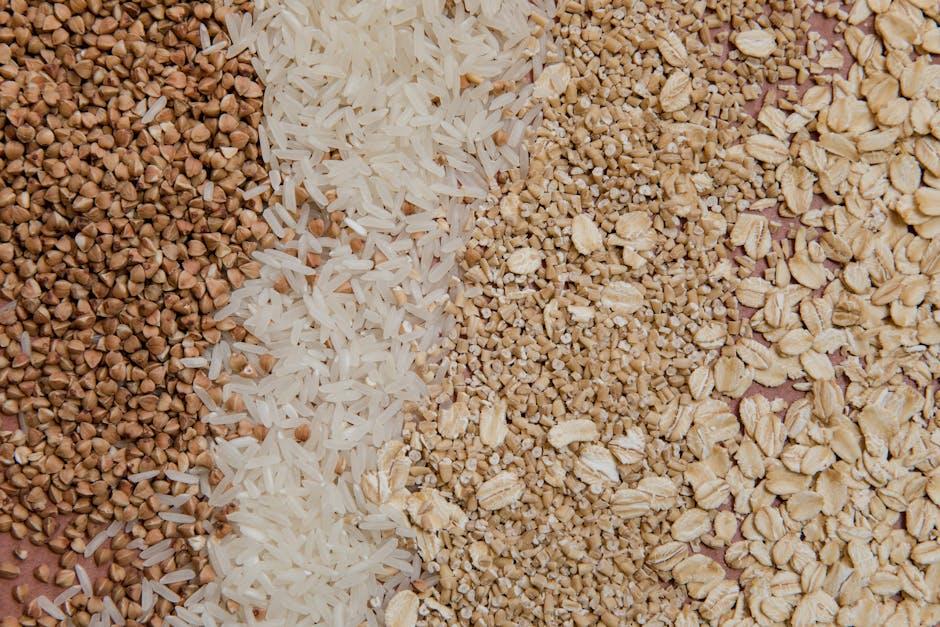
Creating a Balanced Diet: Nutritional Needs for Growing Puppies
Ensuring your puppy receives a well-rounded diet during their formative months is crucial for their development. Puppies require a diet rich in proteins, fats, vitamins, and minerals to support their rapid growth and high energy levels. As you transition your puppy to solid food, focus on providing balanced meals that cater to their unique nutritional needs.
- Proteins: Essential for muscle development, aim for high-quality animal-based proteins such as chicken, beef, or fish.
- Fats: Important for energy and brain development, include healthy fats from sources like fish oil or chicken fat.
- Vitamins and Minerals: Crucial for bone health and overall immunity, ensure their diet includes calcium, phosphorus, and a variety of vitamins.
Incorporating a variety of food types can help meet these needs. Consider a mix of dry kibble, wet food, and raw food to offer different textures and flavors, which can also aid in proper dental development. Monitor your puppy’s growth and adjust their diet as necessary, consulting with a veterinarian to ensure all nutritional requirements are met.

Step-by-Step Transition Process: Gradually Introducing Kibble
When it’s time to introduce your puppy to solid food, patience and gradual changes are key to a smooth transition. Start by moistening a small amount of puppy kibble with warm water or puppy milk replacer. This will create a mushy texture that is easier for your puppy to handle. Begin with a 75% liquid to 25% kibble ratio, and as your puppy becomes more comfortable, gradually increase the kibble content over several days.
Keep an eye on your puppy’s response during this transition period. Signs of success include eager eating and normal stools. If any digestive issues arise, slow down the process and return to a previous ratio for a few days. Remember, every puppy is unique, so it’s important to be attentive and adjust the process to their individual needs. With patience and care, you’ll soon have a happy pup enjoying their new diet.
- Stay Consistent: Stick to regular feeding times to establish a routine.
- Observe Closely: Monitor your puppy’s reactions and health closely during this period.
- Consult Your Vet: If concerns arise, don’t hesitate to seek professional advice.
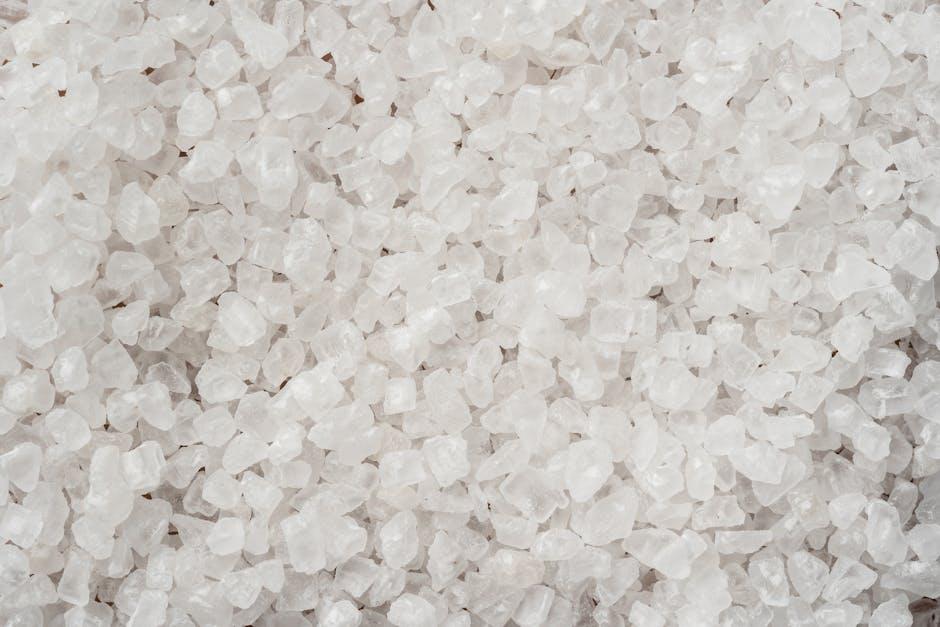
Monitoring and Adjusting: Ensuring a Smooth Transition
As your puppy embarks on the exciting journey to solid food, it’s essential to keep a close eye on their progress and make necessary adjustments to ensure a seamless transition. Observation is key during this period. Pay attention to your puppy’s reactions to new foods, looking out for signs of discomfort or allergies, such as vomiting, diarrhea, or skin irritations. If any of these symptoms occur, it might be necessary to pause and consult your veterinarian before proceeding further.
Adjusting the feeding plan can make a significant difference in how well your puppy adapts to solid food. Consider the following tips:
- Gradual Introduction: Introduce new foods slowly, mixing them with their current diet to ease the transition.
- Consistent Feeding Schedule: Maintain a regular feeding routine to help your puppy adjust to new textures and tastes.
- Portion Control: Monitor portion sizes to avoid overfeeding, which can lead to digestive issues.
By staying attentive and flexible, you’ll help your furry friend develop healthy eating habits and ensure they thrive in their new dietary environment.



